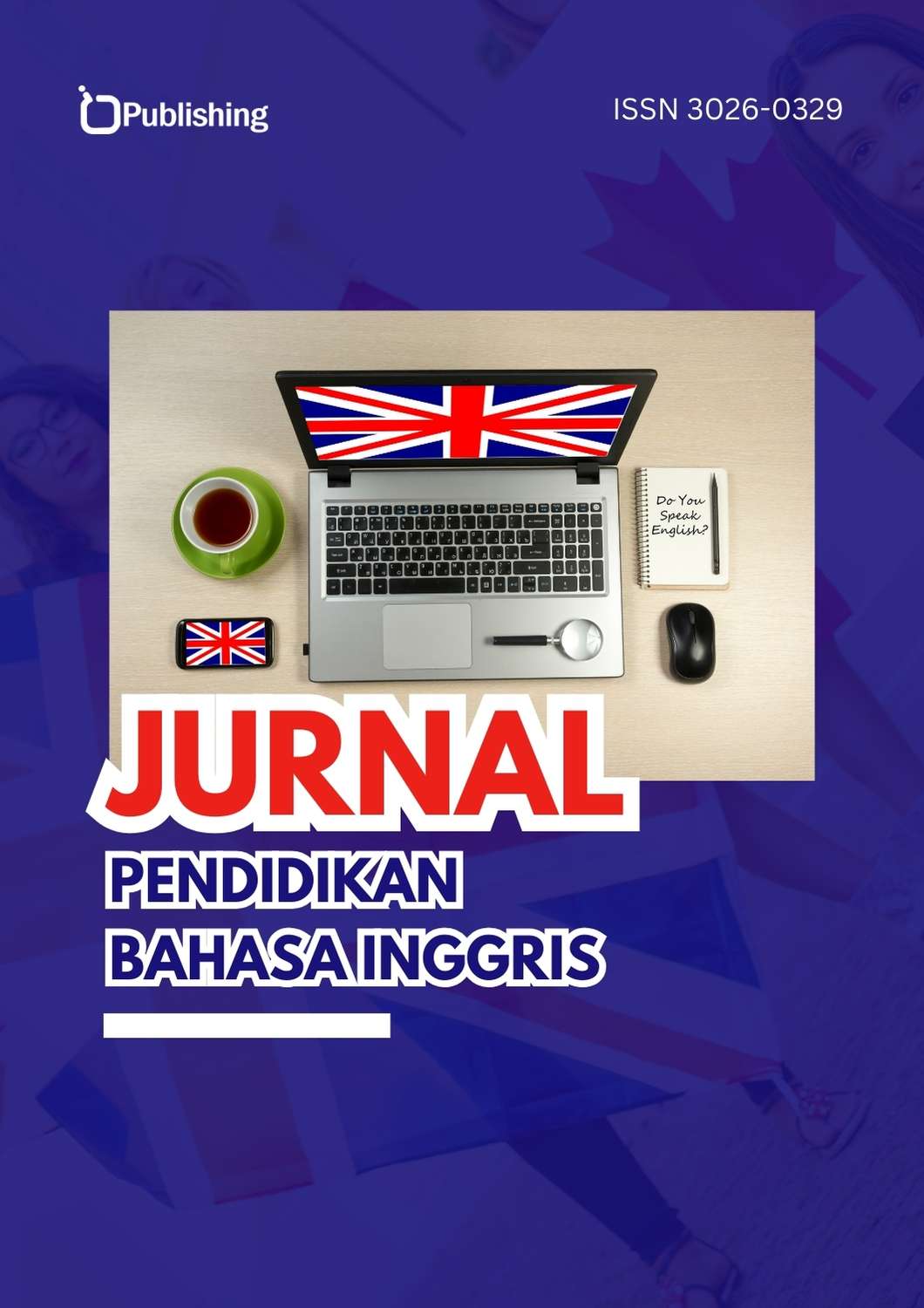An Error Analysis on The Use of Simple Past Tense on The Student’s Narrative Writing Ability at Class XI.1 Madrasah Aliyah Nurul Falah Airmolek
DOI:
https://doi.org/10.47134/jpbi.v2i4.1830Keywords:
Error Analysis, Simple Past Tense, Narrative TextAbstract
A descriptive qualitative method was used to analyze grammatical errors in the use of the simple past tense in narrative writing by 25 students of class XI.1 at Madrasah Aliyah Nurul Falah Airmolek. The students were assigned to write a narrative text about “An Unforgettable Holiday,” and their works were examined using the Surface Strategy Taxonomy by Dulay, Burt, and Krashen, covering omission, addition, misformation, and misordering. The analysis identified 157 total errors, with misformation (67.52%) as the most dominant, followed by omission (22.93%), misordering (6.37%), and addition (3.18%). These results indicate that students have difficulty with verb formation, auxiliary usage, and sentence structure. The causes of these errors include first language interference, overgeneralization of rules, limited exposure to correct written input, and insufficient feedback during learning activities. These findings demonstrate the crucial role of explicit grammar teaching, along with structured writing tasks that allow students to apply their understanding in meaningful contexts. Incorporating peer editing and teacher-led error correction is also essential in minimizing recurring mistakes. In addition, the importance of reinforcing regular and irregular verb patterns through focused instruction should be emphasized in classroom practice. These strategies are expected to help students internalize the appropriate use of past tense in written English. This study contributes to the field of language education by highlighting the persistent grammatical issues faced by learners and offering pedagogical recommendations for improvement. Future research may expand the scope by comparing grammatical errors across different text genres or proficiency levels
References
Anwar, S. (2014). An error analysis on the use of simple past in students narrative writing (Thesis, State Islamic University Syarif Hidayatullah, Jakarta).
Brown, H. D., & Abeywickrama, P. (2019). Language assessment: Principles and classroom practice (3rd ed.). Pearson Longman.
Bitchener, J., & Ferris, D. R. (2012). Written corrective feedback in second language acquisition and writing. Routledge.
Brown, H. D., & Lee, H. (2015). Teaching by principles: An interactive approach to language pedagogy (4th ed.). Pearson Education.
Corder, S. P. (1967). The significance of learners’ errors. International Review of Applied Linguistics in Language Teaching, 5(1), 161–170. https://doi.org/10.1515/iral.1967.5.1-4.161
Creswell, J. W. (2012). Educational research: Planning, conducting, and evaluating quantitative and qualitative research (4th ed.). Boston: Pearson Education.
Dulay, H., Burt, M., & Krashen, S. (1982). Language two. New York: Oxford University Press.
Ellis, R. (1997). Second language acquisition. Oxford University Press.
Gorrell, R. M., & Laird, C. (as cited in Anwar, 2014). Modern English handbook (6th ed.). Prentice Hall.
Grain, J. (2006). Tense and time in English narrative discourse. Longman.
Hourani, Y. (2008). An analysis of the common grammatical errors in the English writing made by secondary male students in the Eastern (Dissertation, Institute of Education British University, Dubai).
Islam, M. A. I., Islam, Rozak, R. R., & Ermawati, S. (2022). An error analysis on the use of past tense in narrative text. MTs Darussalam, Cepu.
James, C. (1998). Errors in language learning and use: Exploring error analysis. Longman.
Kartini, T. W. A., Maftukhah, S., & Aisyah, N. (2022). Error analysis on the use of simple past tense in narrative text. Etnolingual, 6(1), 51–58. https://doi.org/10.20473/etno.v6i1.317
Krashen, S. D. (1985). The input hypothesis: Issues and implications. Longman.
Miles, M. B., & Huberman, A. M. (1994). Qualitative data analysis: An expanded sourcebook (2nd ed.). Thousand Oaks, CA: Sage.
Monika, I. P. (2019). An error analysis of simple past tense in the narrative writing produced by grade nine junior high school students. Dinamika: Jurnal Sastra dan Budaya, 7(2), 724–735. https://doi.org/10.25139/dinamika.v7i2.2116
Norrish, J. (1983). Language learners and their errors. Macmillan Press.
Richards, J. C. (1974). Error analysis: Perspectives on second language acquisition. Longman.
Richards, J. C., & Renandya, W. A. (Eds.). (2013). Methodology in language teaching: An anthology of current practice. Cambridge University Press.
Rosa, R. N. (2014). Introduction to writing. Padang: UNP Press.
Schramfer Azar, B. (1989). Understanding and using English grammar (2nd ed.). Prentice Hall Regents.
Seruni, F. (2023). Error analysis on simple past tense used in short story made by EFL students. Lampung Journal of English Teaching Techniques and Sciences (LJETTS), 2(2), 35–42. https://doi.org/10.56789/ljetts.v2i2.348
Sompong, M. (2014). Error analysis. Journal of Language Institute, 16(2), 109–127.
Suhartini, A., & Nurlaili, N. (2024). An error analysis on the use of simple past tense in writing narrative text of 11th grade high school students at SMK Swasta YPK Medan academic year 2022/2023. JoLLA: Journal of Language, Literature, and Arts, 2(1), 41–49. https://doi.org/10.53682/jolla.v2i1.5260
Triyuono, A. (2022). An error analysis of using simple past tense in students' narrative writing. Journal of Languages and Language Teaching, 10(4), 460–468. https://doi.org/10.33394/jollt.v10i4.6196
Downloads
Published
How to Cite
Issue
Section
License
Copyright (c) 2025 Puja Arismawati, Loly Novita, Destri Wahyuningsih

This work is licensed under a Creative Commons Attribution 4.0 International License.










